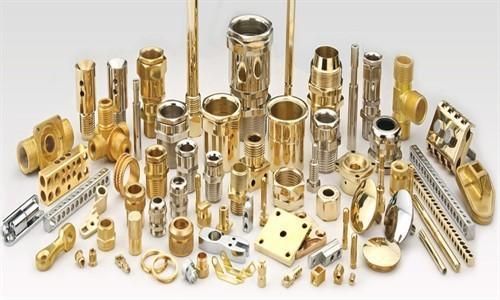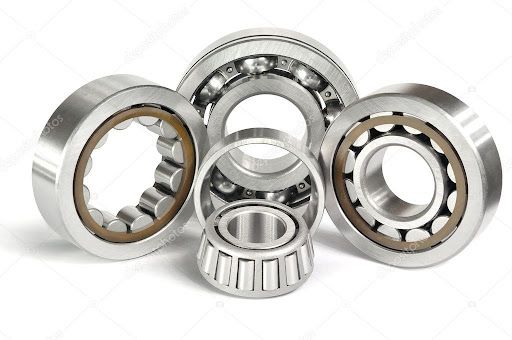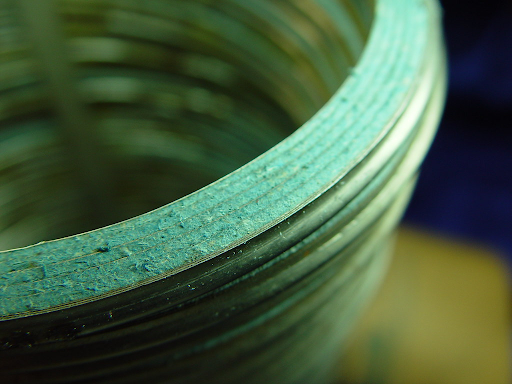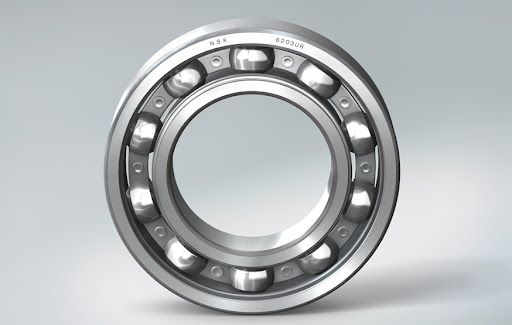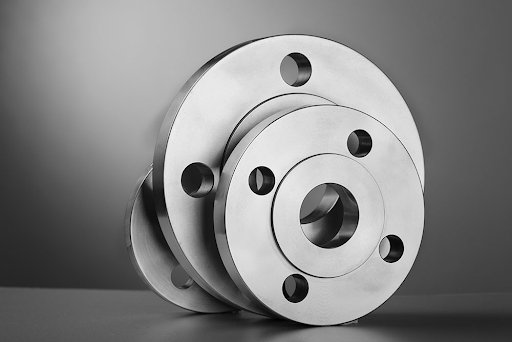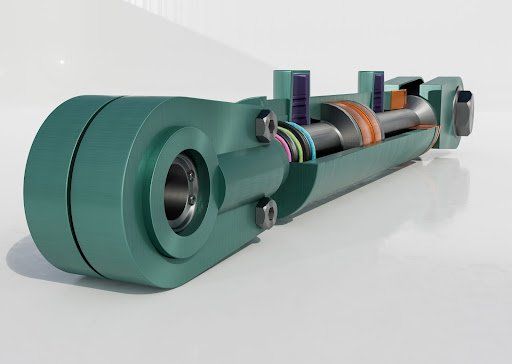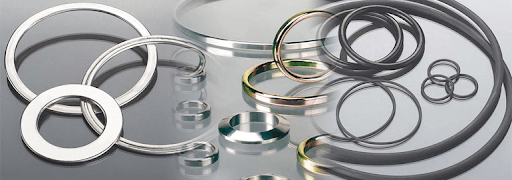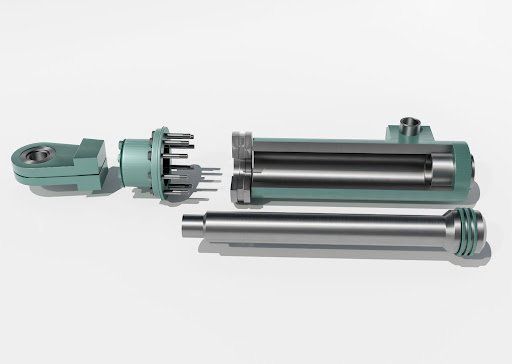Roller Chains: Keeping Your Machines In Motion
Roller Chains: Keeping Your Machines In Motion
Roller chains, also known as bush rollers, offer a simple and efficient solution for transmitting power as well as coupling a motor to its load. They are used in many types of common machines, from the more domestic such as cars, motorcycles and bicycles, to large industrial and agricultural applications such as printing presses and conveyers.
How do They Work?
The construction of a roller chain is fairly straightforward and features a series of chain links connected by side links (inner and outer links). A toothed wheel, called a sprocket, connects the chain to the motor and pulls it into motion. The roller chain’s design allows it to reduce friction while in motion, making it more efficient and less prone to wear and fatigue.
Extend The Life of Your Roller Chain
Lubricant is the primary solution for combating corrosion, wear and fatigue – the most common reasons for roller chain failure. Keeping your roller chains continuously greased will ensure that they are protected against contamination which can shorten the product’s life. In applications that are particularly dirty, such as farm equipment, motorcycles, chain saws and bicycles, proper and frequent lubrication is vital. It’s also important to use the correct lubricant. Some oil-based products actually attract dirt, causing a build-up of thickened, dirty grease that will increase wear and fatigue. The use of a ‘dry’ lubricant spray is a better option.
Signs of Roller Chain Failure
When a roller chain reaches the end of its service life, the pitch between the links begins to increase, causing the chain to stretch. It’s not the actual metal that stretches but rather the pivoting pins and bushes wearing down. This results in the chain no longer fitting the sprocket correctly and will be evident by a loud grinding noise or vibration. The general rule is that when a chain becomes between 1.5% and 2% longer than its original length, it’s time to consider replacing the chain and sprockets.
Tensile vs Fatigue Strength
To determine how strong and hardy a roller chain is, we consider both its tensile strength as well as its fatigue strength. Tensile strength measures how much weight or load a roller chain can withstand before breaking, while fatigue strength measures the quality of how the chain was manufactured - testing the steel, its heat treatment, the link plate’s fabrication and the various chain elements.
Roller chains are an important part of many different kinds of machines. If you’d like to learn more about these common but vital components or if you need assistance with choosing the correct product for your application, get in touch with us today!

